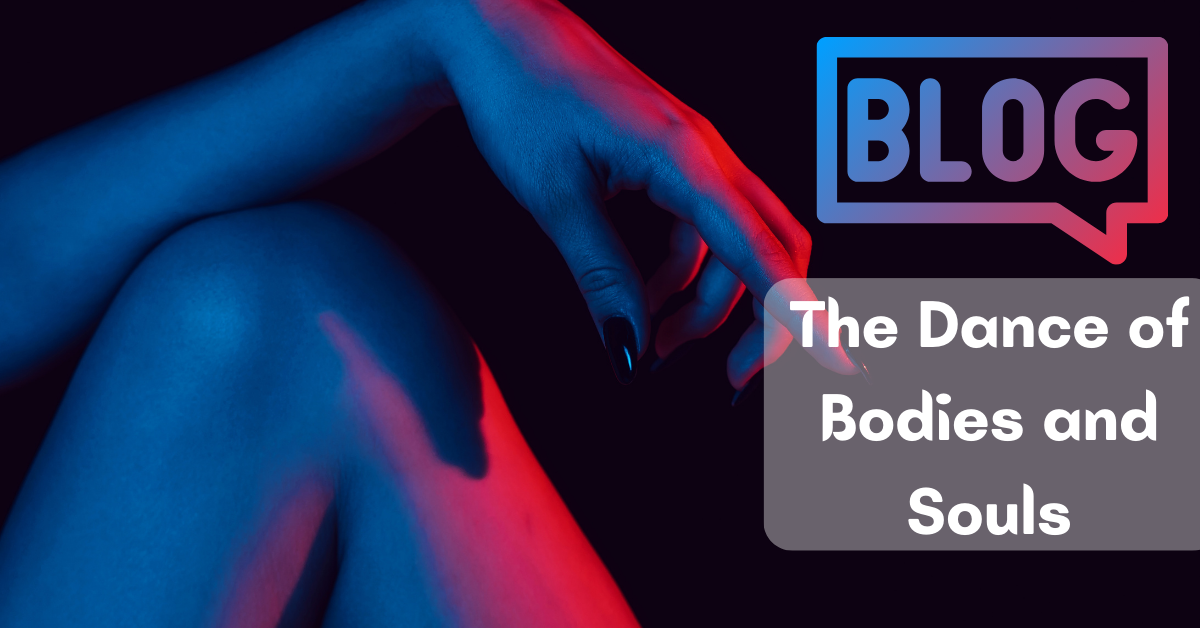The human experience is a tapestry woven with threads of emotion, desire, and connection. Among the most profound and complex of these threads are love and lust, two forces that have captivated poets, philosophers, and psychologists for centuries. While they often intertwine, they are distinct in their essence, yet their boundaries can blur, creating a delicate dance between the sacred and the sensual. This exploration delves into the intricate relationship between love and lust, examining their origins, their manifestations, and the fine line that separates—or connects—them.
The Nature of Love: A Bond Beyond the Physical
Love is often described as a profound, enduring connection that transcends the physical realm. It is rooted in emotional intimacy, mutual respect, and a deep understanding of another person. Love is patient, selfless, and nurturing; it seeks to build, to grow, and to sustain. It is the foundation of lasting relationships, the glue that binds families, and the force that inspires acts of sacrifice and devotion.
At its core, love is about connection. It is the recognition of another person’s humanity, their flaws and virtues, and the acceptance of them as they are. Love is not merely a feeling but a choice—a commitment to stand by someone through the highs and lows of life. It is the quiet comfort of knowing someone is there, the joy of shared experiences, and the resilience to weather storms together.
Yet, love is not devoid of passion. The romantic love that blossoms between partners often carries an undercurrent of desire, a longing to be close, to touch, to feel. This is where love and lust begin to intersect, creating a dynamic interplay that can elevate a relationship to new heights—or, if unbalanced, lead to its unraveling.
The Allure of Lust: The Fire of Desire
Lust, on the other hand, is primal, immediate, and intensely physical. It is the spark that ignites at the sight of beauty, the magnetic pull of attraction, and the hunger for physical gratification. Lust is driven by biology, by the instinct to procreate and the pleasure centers of the brain that reward us for pursuing it. It is raw, unfiltered, and often fleeting.
Unlike love, lust does not require emotional depth or long-term commitment. It thrives in the moment, fueled by fantasy and the thrill of the unknown. Lust can be intoxicating, overwhelming the senses and clouding judgment. It is the force behind fleeting encounters, secret affairs, and the initial stages of many romantic relationships.
Yet, lust is not inherently negative. It is a natural and essential part of the human experience, a reminder of our vitality and our capacity for pleasure. When channeled within the context of a loving relationship, lust can enhance intimacy, reignite passion, and deepen the bond between partners. The challenge lies in recognizing its place and ensuring it does not overshadow the deeper, more enduring aspects of love.
The Intersection: Where Love and Lust Collide
The line between love and lust is often blurred, particularly in the early stages of a relationship. The initial attraction, the butterflies in the stomach, the longing to be near someone—these are often a mix of both love and lust. The physical desire draws two people together, while the emotional connection begins to take root. Over time, the balance may shift, with love becoming the dominant force as the relationship matures.
However, this balance is not always easy to maintain. Lust, with its immediate gratification and intense allure, can sometimes overshadow the slower, more deliberate growth of love. This is particularly true in a world that often prioritizes instant gratification over long-term commitment. The danger lies in mistaking lust for love, in believing that the intensity of physical attraction is enough to sustain a relationship.
Conversely, love without lust can become platonic, lacking the spark that keeps a romantic relationship alive. While emotional intimacy is crucial, physical intimacy plays a vital role in maintaining the connection between partners. The challenge is to integrate the two, allowing love and lust to coexist in harmony.
The Role of Eroticism: Bridging the Gap
Eroticism is the bridge between love and lust, the space where the physical and the emotional converge. It is not merely about sex but about the art of desire, the cultivation of passion, and the celebration of the senses. Eroticism transforms the act of lovemaking into an expression of love, infusing it with meaning, creativity, and connection.
In the realm of eroticism, the body becomes a canvas, and touch becomes a language. It is about exploring the depths of desire, not just for physical pleasure but for emotional and spiritual fulfillment. Eroticism invites us to be present, to savor the moment, and to connect with our partner on a level that transcends the mundane.
For couples, embracing eroticism can rekindle the flame of passion, even in long-term relationships. It encourages vulnerability, communication, and a willingness to explore new dimensions of intimacy. By integrating love and lust, eroticism creates a space where both can thrive, enriching the relationship and deepening the bond between partners.
The Dangers of Imbalance: When Lust Overshadows Love
While the interplay between love and lust can be beautiful, an imbalance can lead to turmoil. When lust dominates, relationships can become superficial, focused solely on physical gratification. The emotional connection may wither, leaving partners feeling empty and disconnected. This is often the case in casual encounters or affairs, where the intensity of desire fades as quickly as it arises, leaving little in its wake.
On the other hand, when love is devoid of lust, relationships can become stagnant. The lack of physical intimacy can create distance between partners, leading to frustration and resentment. Over time, this can erode the foundation of the relationship, making it difficult to sustain.
The key is to strike a balance, to recognize the value of both love and lust and to nurture both within the context of a relationship. This requires self-awareness, communication, and a willingness to prioritize the needs of both partners.
The Journey of Self-Discovery: Understanding Our Desires
To navigate the thin line between love and lust, we must first understand ourselves. What drives our desires? What are we seeking in a relationship? Are we drawn to the intensity of lust, or do we crave the stability of love? These are questions that require introspection and honesty.
Our desires are shaped by a myriad of factors—our upbringing, our experiences, our values, and our biology. By exploring these influences, we can gain insight into our own needs and motivations. This self-awareness allows us to make conscious choices, to pursue relationships that align with our values, and to communicate our desires effectively.
Conclusion: Embracing the Complexity
The relationship between love and lust is complex, multifaceted, and deeply personal. It is a journey into the depths of human emotion, a exploration of what it means to connect with another person on both a physical and emotional level. While the line between love and lust may be thin, it is also fluid, shifting and evolving as we grow and change.
Ultimately, the key to navigating this delicate balance lies in understanding, communication, and a willingness to embrace the complexity of our desires. By honoring both love and lust, we can create relationships that are not only passionate but also enduring, relationships that celebrate the full spectrum of what it means to be human.
In the end, love and lust are not opposites but complements, two sides of the same coin. Together, they form the foundation of our most profound connections, reminding us of the beauty, the power, and the mystery of the human heart.

